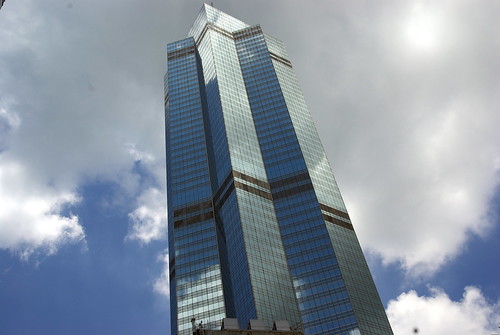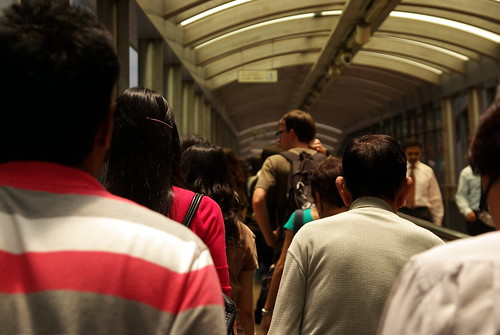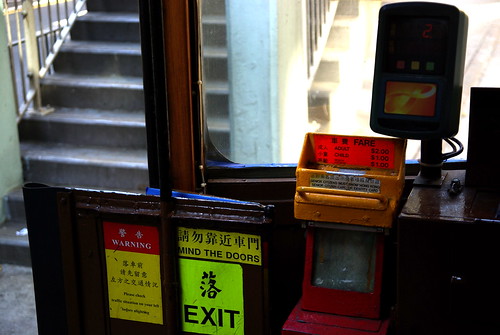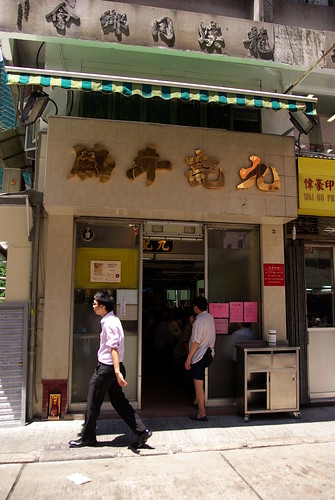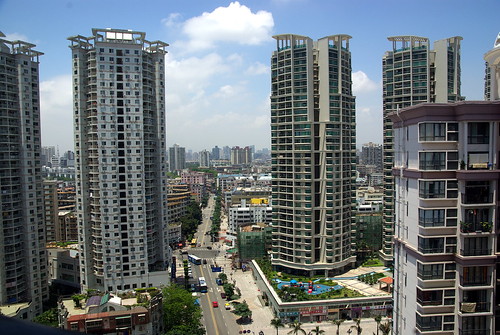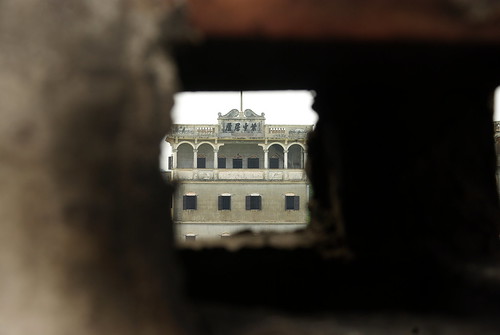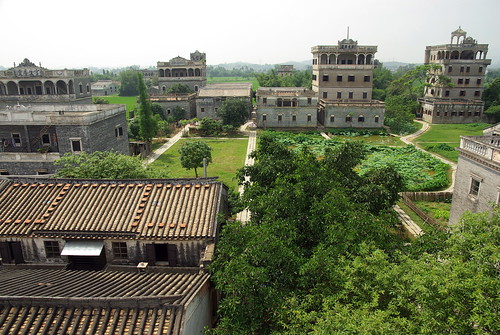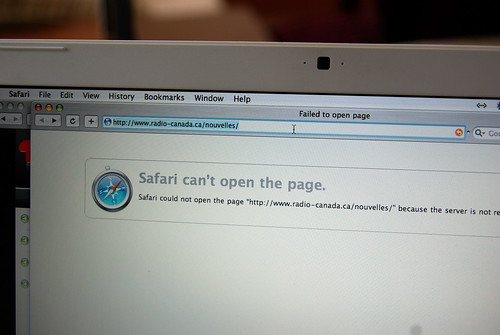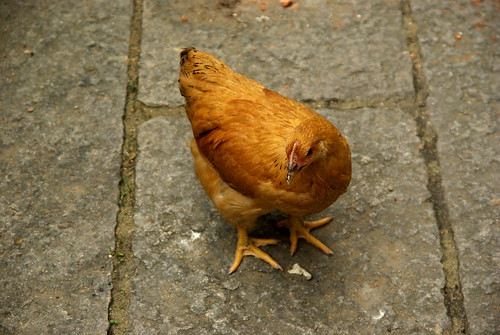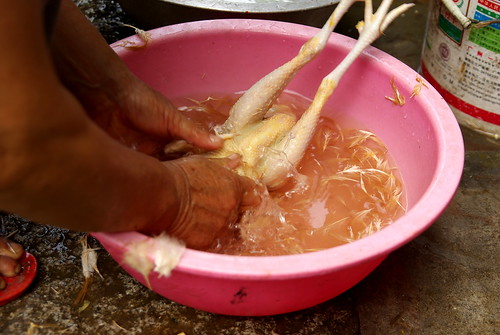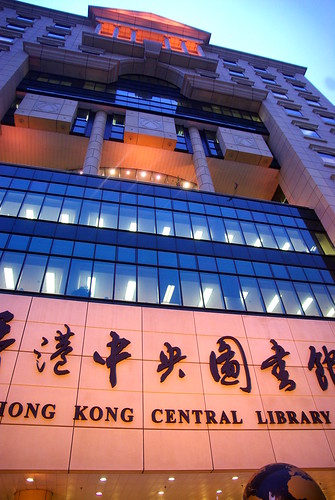I am stuck at the Newark Airport, having my 5PM flight for Montreal cancelled, waiting for the next one at 8:25PM. It gives me time to relax, and rip a few CDs… The news concerning CommeLesChinois.ca are that it is no longer blocked in China! The reasons why it was unavailable in the first place … Continue reading “Pogné à Newark, dé-pogné en Chine”
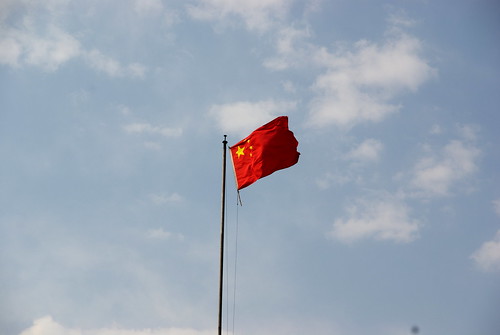
I am stuck at the Newark Airport, having my 5PM flight for Montreal cancelled, waiting for the next one at 8:25PM. It gives me time to relax, and rip a few CDs… The news concerning CommeLesChinois.ca are that it is no longer blocked in China!
The reasons why it was unavailable in the first place remain obscure. My friends in China said that it had been blocked before I had even started adding contents to the site. The machine hosting this site (twiddle at dreamhost.com) was always the same.
So, it was while browsing this site’s stats that I found out that I had hits from Mainland China. Someone in Shanghai googled my site out on the Tous les jours bakery boycott story, on April 28th, 2008.
An unrelated tale from the Wall, the Radio-Canada.ca was once again (presumably) banned last week, according to my own “investigation”, confirmed by Radio-Canada’s tech columnist.
***
Je suis pogné à l’aéroport de Newark, après que mon vol à 17h vers Montréal ait été annulé, en attendant le prochain à 20h25. Ça me donne le temps de relaxer et ripper une coupe de CDs… Et les nouvelles concernant CommeLesChinois.ca sont que ce n’est plus bloqué en Chine!
Pourquoi ce n’était pas accessible initialement, je n’en sais rien. Mes amis en China m’ont dit que c’était bloqué avant même que je ne commence à ajouter du contenu au site. La machine qui héberge le site (twiddle à dreamhost.com) a toujours été la même.
C’est en regardant les stats du site que je me suis rendu compte de hits venant de Chine Continentale. Quelqu’un à Shanghai avait alors trouvé, le 28 avril 2008, mon article sur le boycott du café Tous les jours.
Une nouvelle à part en provenance du mur: Radio-Canada.ca est à nouveau (présumément) banni en Chine depuis la semaine dernière, selon ma propre “enquête”, confirmé par Bruno Guglielminetti dans sa chronique techno.



